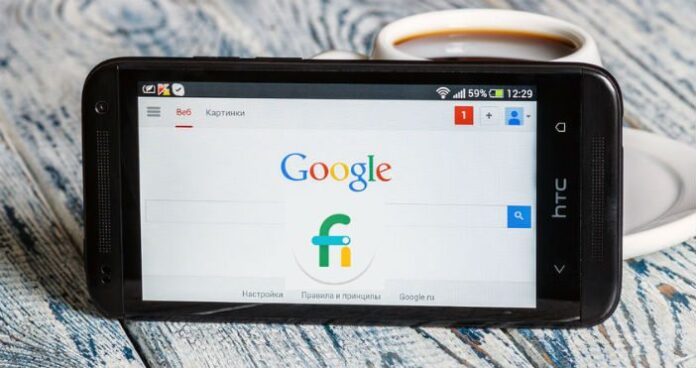Project Fi, a Wi-Fi-first mobile option, is supported by T-Mobile US and Sprint networks
Early reviews are in and it looks like Google’s Project Fi, the tech giant’s entrance into the mobile virtual network operator space, is a success, particularly with Wi-Fi calling, but lacks compatible device options.
Project Fi, announced earlier this year, combines Wi-Fi hot spots with cellular access through partnerships with Sprint and T-Mobile US. The service supports cellular and data connectivity with the hallmark feature being seamless handoff from Wi-Fi to cellular.
When it was first offered, Google fielded a deluge of requests for access. The company said it responds to the backlog of requests based on three criteria: ZIP code; whether Google Fi is ready for service in that area; and when the invitation request was submitted. Google has said that by midsummer it hopes to have responded to all requests, which the company hasn’t publicly tallied.
The Wall Street Journal, in a recent review, delineates the primary drawback as Google Fi only being available on a single device in the Motorola Nexus 6, which has a special SIM card designed jointly by the two firms.
“I’ve had a solid signal around most of San Francisco, where I live, and I had lousy connectivity with lots of dead zones around Lake Tahoe, where I spent the weekend,” explained The Wall Street Journal reviewer Nathan Olivarez-Giles. “Phones running on AT&T and Verizon networks experienced roughly the same network performance during my tests in the city and country. In dead zones like the one in Tahoe, the ability to make and receive phone calls over Wi-Fi came in handy.”
The service starts at an attractive $30 per month, which comprises a $20 unlimited voice and text messaging fee plus a tiered $10 per gigabyte of data connectivity. That’s the only service plan.
The primary differentiator from other carrier data plans kicks in when you go over or under your gigabit threshold. Unused data rolls over into the next billing cycle, while data overages, instead of initiating a blanket price for exceeding the plan cap, applies a prorated model that bills just for the fractional portion of the overage.
Although a novel rollout, Google’s Wi-Fi-first model is not unique. North Carolina-based Republic Wireless is established in that space and, according to a PC Magazine survey, beats the four major carriers in terms of customer satisfaction.
Unlike Google’s network partnership with T-Mobile US and Sprint, Republic Wireless uses just Sprint’s network for cellular access. Republic has had Wi-Fi to cellular handoff and is working on the inverse.

